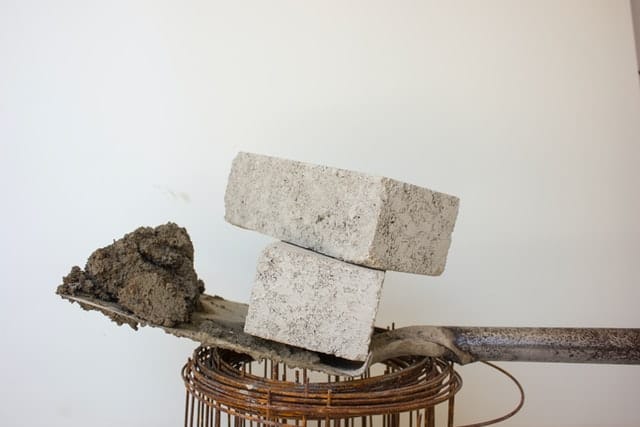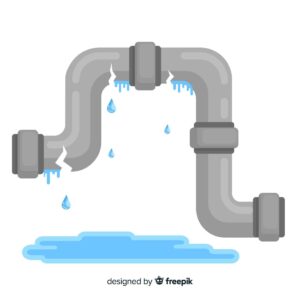Mold is sneaky and can cause serious health problems if it grows inside a home. There’s a number of conditions that allow this to happen, and the best thing to do is try to prevent it. This can be difficult because you can’t sweep every corner of your home for potential moist and dark areas, where mold thrives.
If you notice mold somewhere, you can call professionals to help you deal with it, or carefully remove it yourself. I wanted to better understand how to deal with mold so I discussed the matter with EMS. Here’s what I learned.

Why You Need to Act Fast
Mold can be pretty relentless and it doesn’t need much to find a good spot to grow. It can sneak its way inside walls, beneath carpets, clothes, food, or any area that’s been exposed to water and left to dry on its own. Leaks and places that are heavily exposed to humidity, like bathrooms and kitchens, are the prime suspects when you perform a mold inspection.
Mold is dangerous for your health because it can produce allergens and toxins and the sooner you react, the better. The moment you spot it somewhere or sense a weird smell, you should call a professional to deal with it.
The best way to deal with mold is to try to prevent it from growing. There are several ways you can approach this problem.
Pinpoint Problematic Areas
You can never completely absolve mold from your home and be 100% sure it will never come back, but you can, at least, better protect your home and try to reduce the risk of mold. First, you need to fully investigate your home and find all the areas where mold used to grow or could potentially grow.
How safe is your basement against flooding? Do you frequently have to deal with condensation on windows? Have you noticed weird stains from leaks on walls or ceilings? It is vital to then replace affected furniture or carpet, buy new ones and apply mold-resistant products. Sometimes more serious waterproofing is needed, which can be expensive but should not be postponed because the problem will not go away.
Don’t Leave Wet Areas
The worst thing you can do is leave wet areas dry on their own. Check your home after heavy rains to find any potential leaks and dry them out immediately. If your home was affected by flooding, you should dispose of all affected items, or, at least, take them outside so you can assess the rest of your home and dry it with dehumidifiers, fans, and draft.
Items deemed damaged beyond repair should be disposed of, and the rest need to be fully dried. The bathroom is probably the part of your home that’s constantly affected by moisture, make sure you don’t leave puddles of water after a shower. Don’t forget to put your wet clothes in the washing machine and let them sit for days.
Proper Ventilation
Sometimes bad ventilation can allow humidity to stay inside your home and create good conditions for mold growth. Make sure all the areas where a high amount of vapor is created, like cooking or taking a shower, are properly ventilated. You can open a window while taking these actions, which should be enough for the vapor to go out.
See that all the appliances that produce moisture have access to the exterior, where they can safely exhaust the moisture. You can also use dehumidifiers and AC to reduce the levels of humidity, but don’t forget to clean them regularly.
If you searching for EMS (Emergency Mold solution) in Orange County in California, The below Map could help you.










